Converting Units Foldable
This year, I decided to make converting units into a review skill in Algebra 1. I’m not sure if I’ll do this again. My main goal was to get students thinking about units. But, I feel like this lesson may have just added to the confusion of my students.
Here’s the notes we did on Day 1 of this skill:
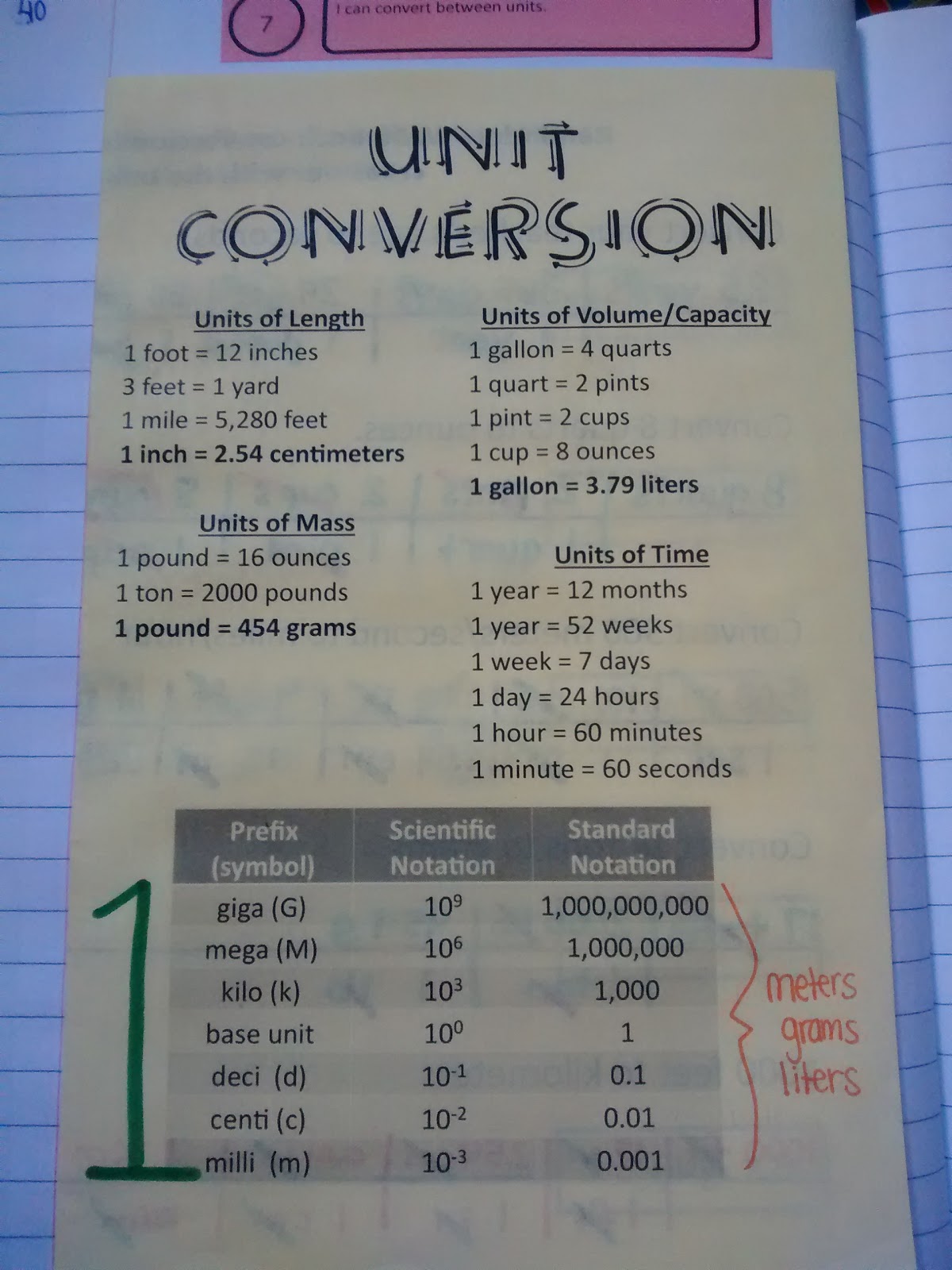
I bolded the conversion factors that let us switch between the metric system and the imperial system. Then, I also gave students a chart to use to switch between prefixes within the metric system.
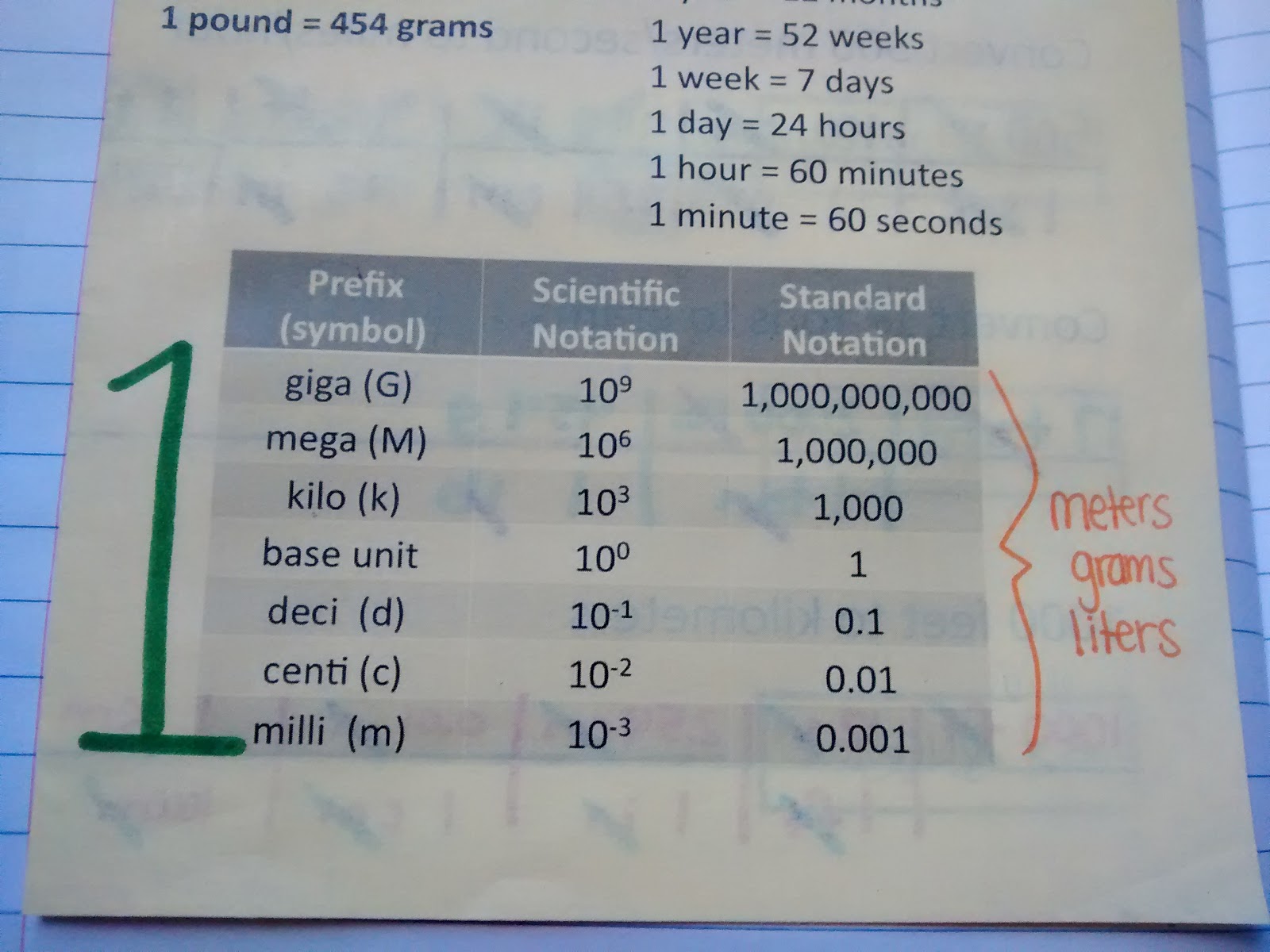
I also ran into students thinking that each conversion factor had to be applied in order. For example, they thought if we had feet that we had to convert to yards.
Inside, we did 5 practice problems using the fence post method that I learned in high school chemistry. Set up your conversion factors so the units cancel out. Multiply all the numerators. Divide by all the denominators. Presto. You have an answer.
Kids asked why this worked. I showed them that multiplying by 365 days and dividing by 1 year is the same as multiplying by 1. All we were doing is changing our units.
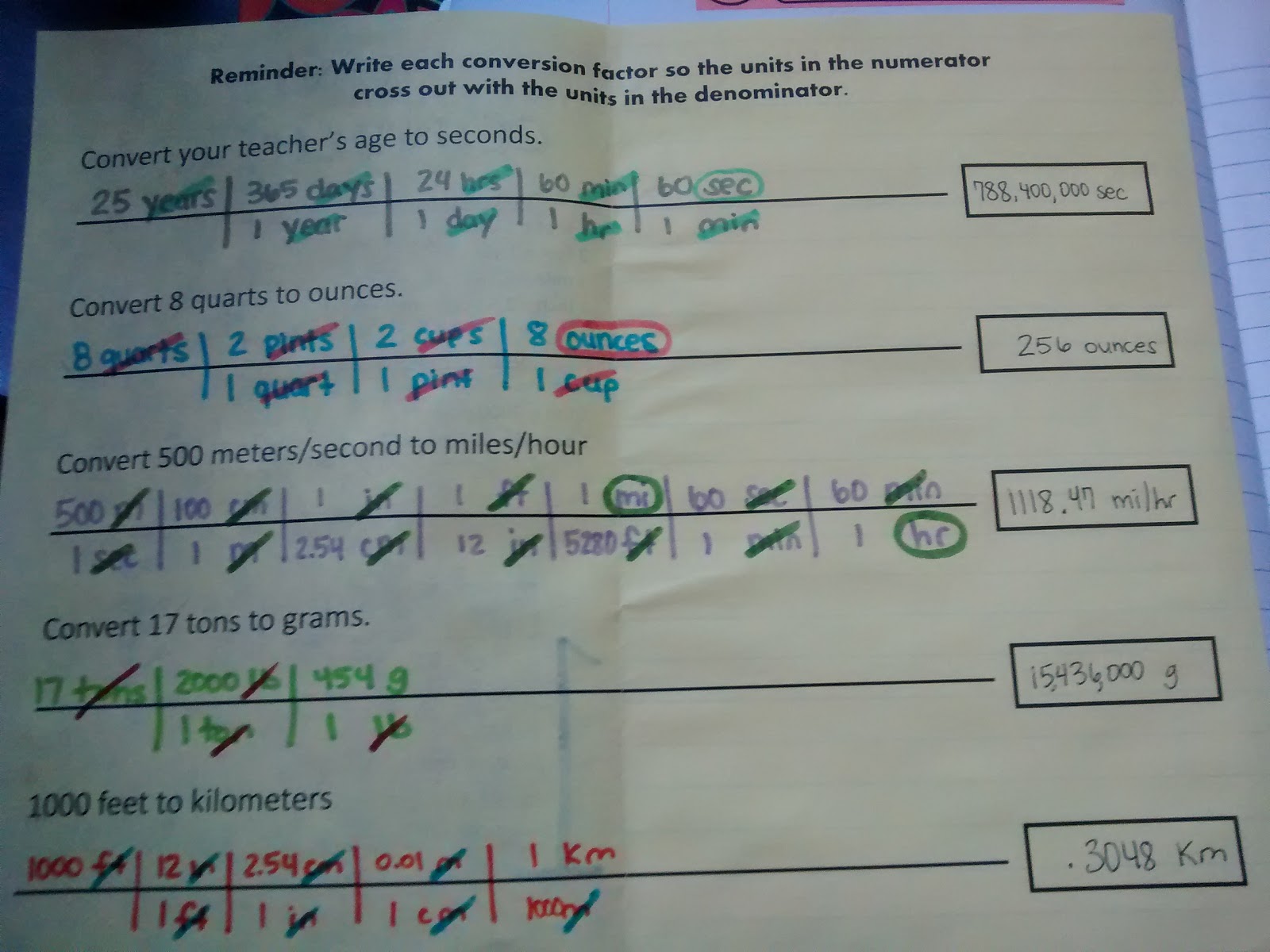
If I were going to do this again, I would spend a day on just simple conversions and spend a separate day on converting things like m/s to mph. We saved that problem until last, but it was just too much in one day for my kiddos.
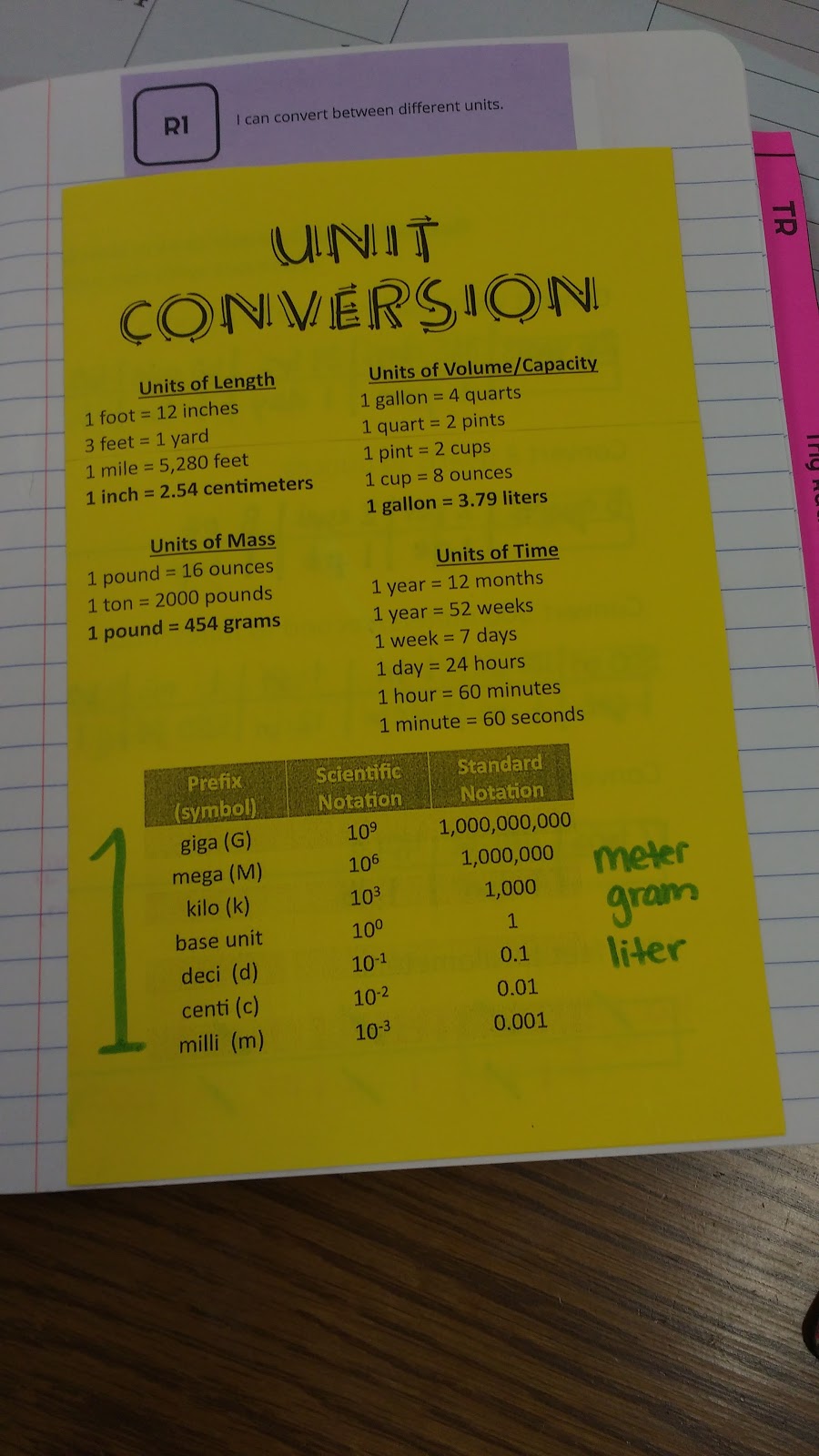
The next day in class, we did some Australia inspired practice problems.

14,896 km – The distance I traveled to Australia this summer. One student asked if I measured the distance in my car…
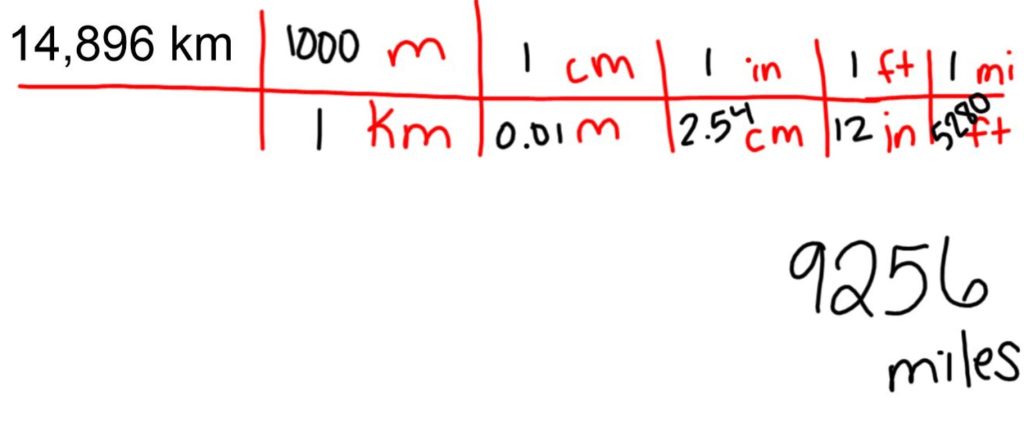
When Shaun was in America last winter, he commented about how high some of our speed limits were. I decided to make this into a problem as well.
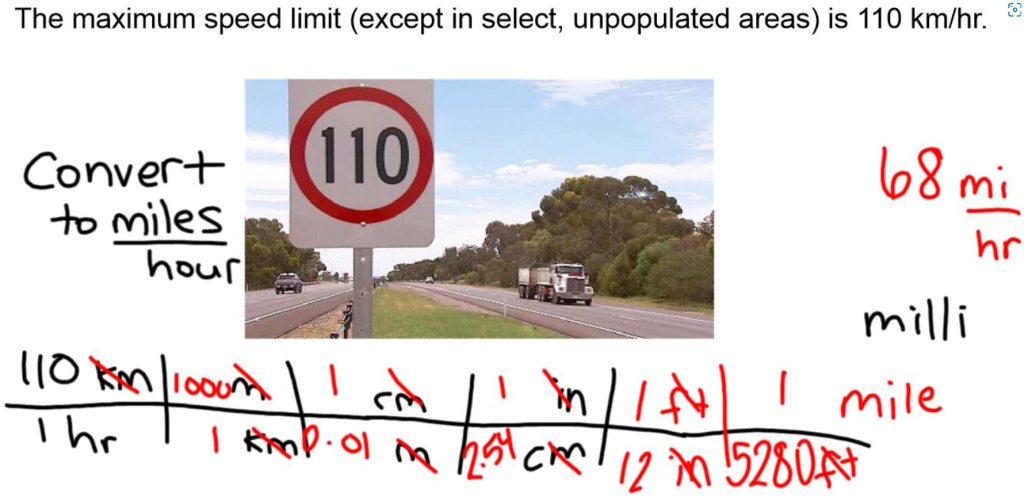
Next, we talked about the price of stuff in Australia. We had to convert from liters to gallons AND Australian dollars to US dollars. Some of my kids were shocked that Australia had their own form of currency. I promised to show them some Australian money IF they got busy on this problem.
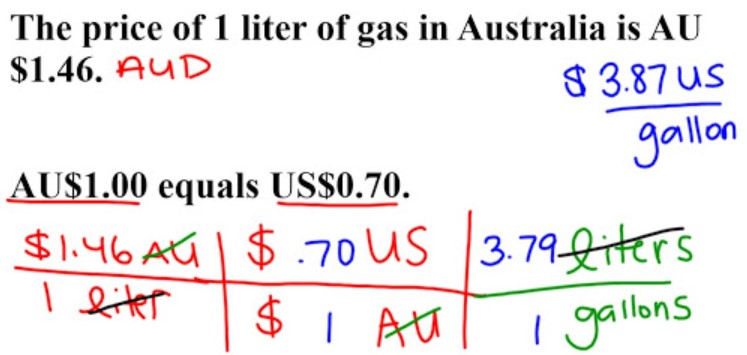
This led to kids proclaiming how expensive things were in Australia which led to a discussion of how much money Australians make.
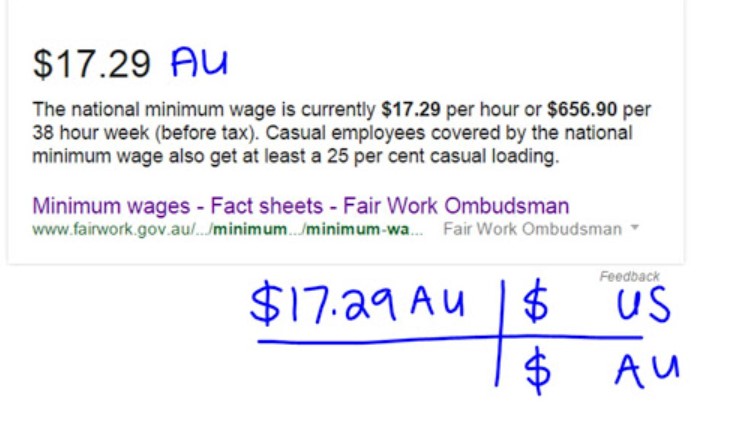
Comparing the American minimum wage to the Australian minimum wage was a real eye-opener for my students.
It was fun to share a bit of my summer experiences with my students and show them a real-world application of what we were learning.



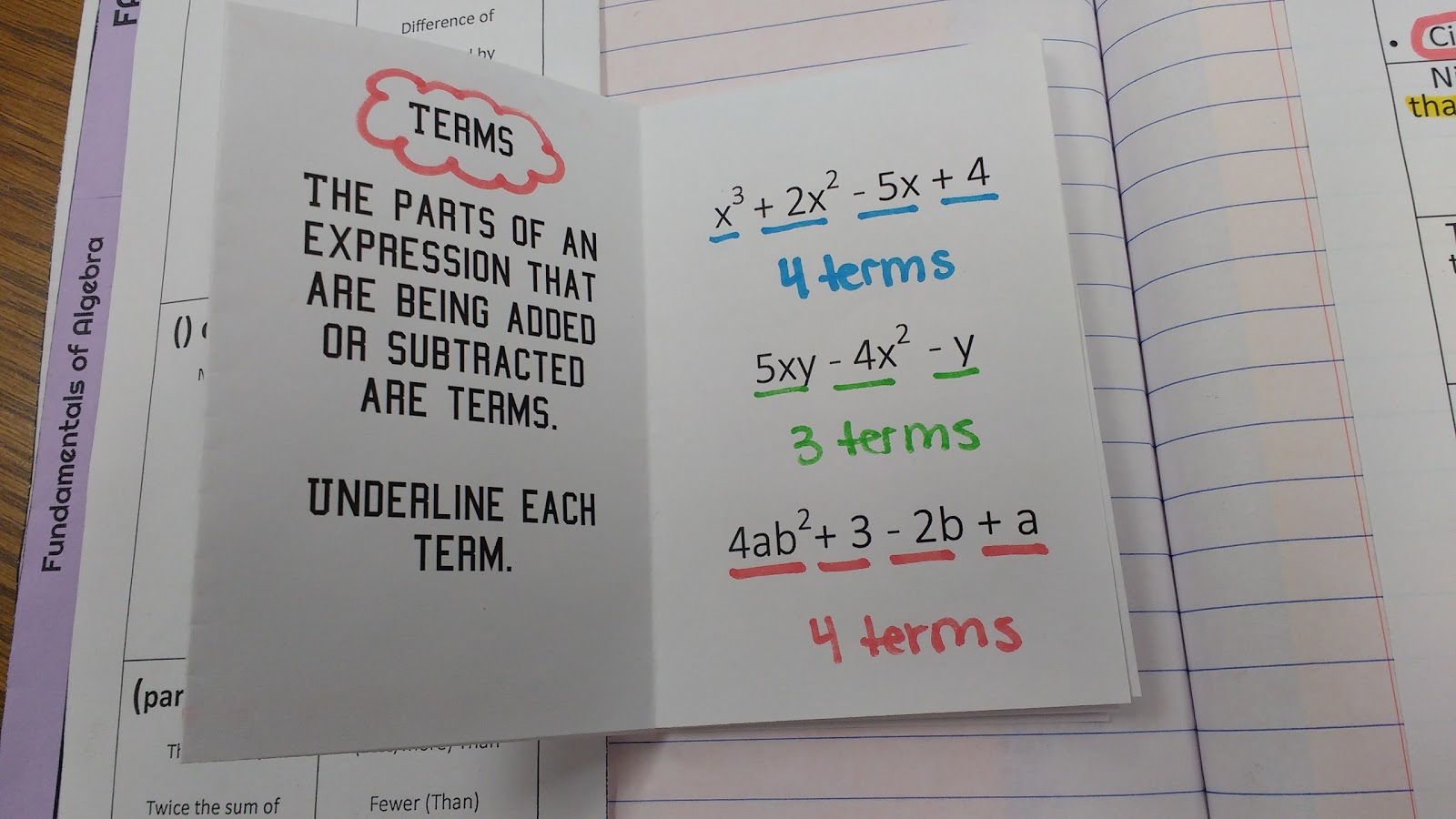
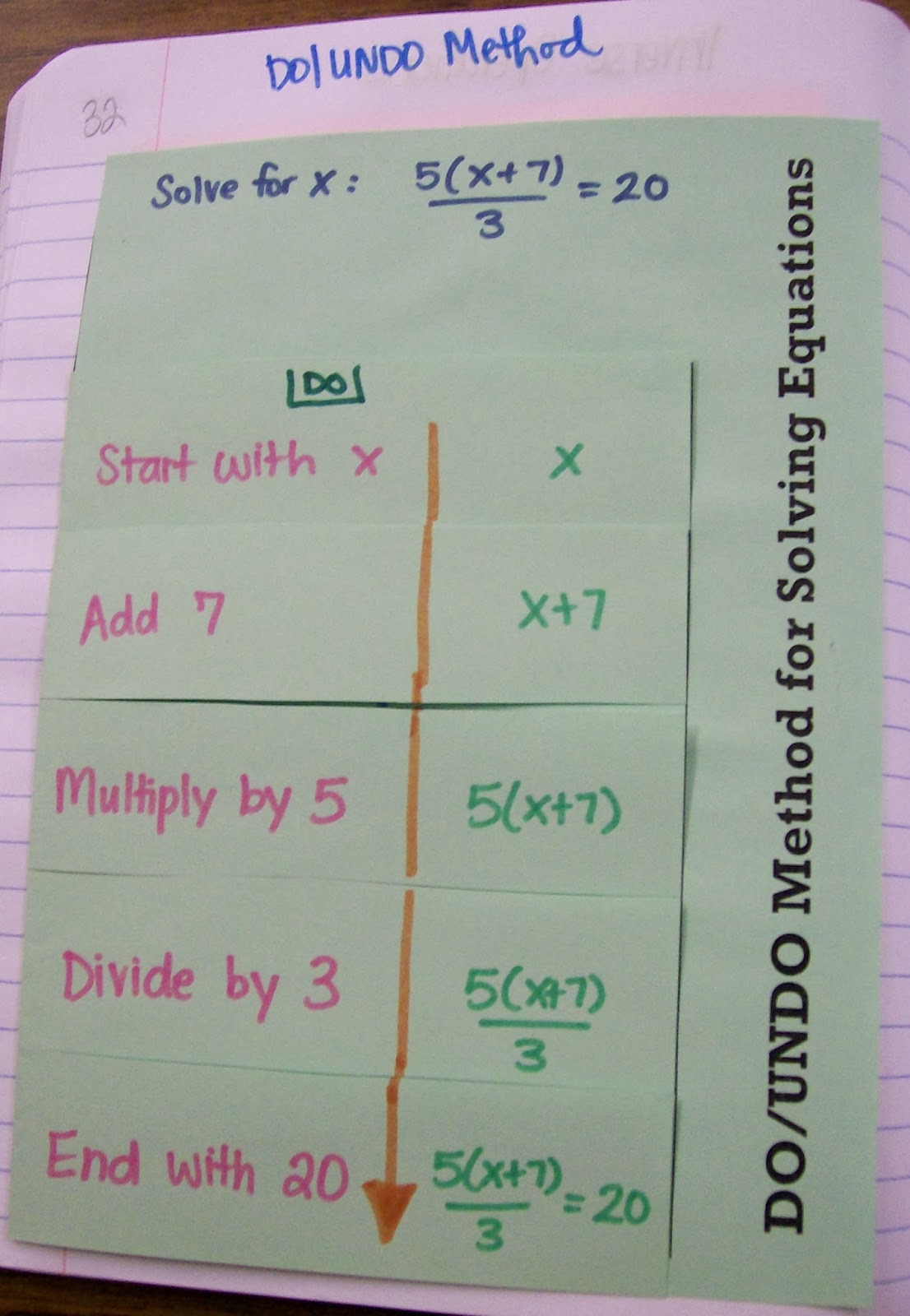

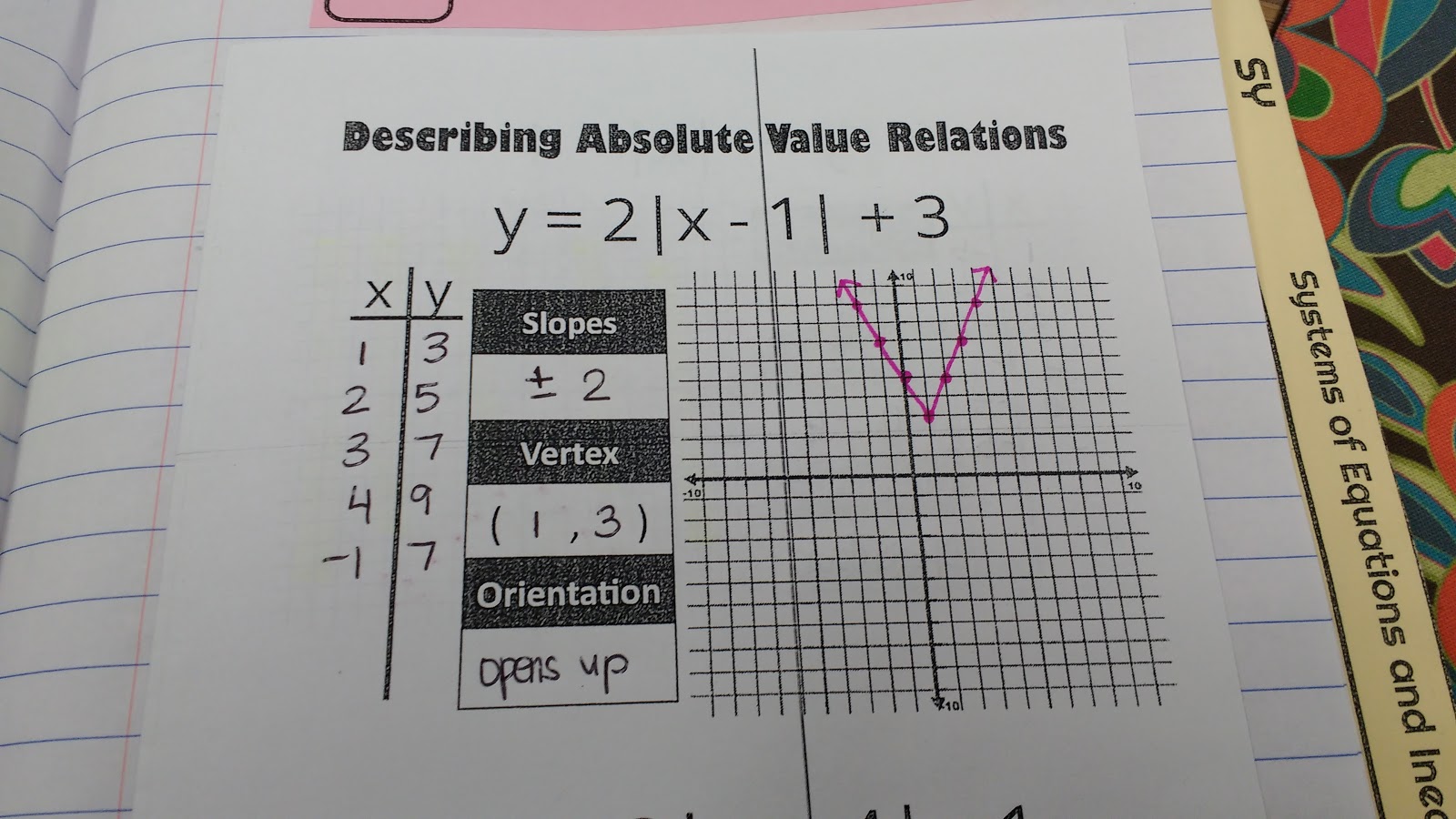
I think I undervalue how helpful structure is to students, so I see this helping a lot. What's your sense of the students understanding of why it works?
My upper-level students were really concerned about why it works. My lower-level students were content to just follow the algorithm for solving.
I think your handout is very clear, but I am always surprised by how much students struggle with this. They're fine with 6/6=1 but not 24 hrs/1 day also equals 1. Maybe having so many conversion factors was overwhelming? What about just using time or imperial volume to teach the method? Then you can add in other measures as needed. My HS physics teacher did the metric system as a horizontal number line, and the number of steps left or right was how many places you move the decimal point. I like the Australia examples!
I think you're right about the number of conversion factors made it overwhelming. My students said they had already done this in physical science, so I assumed it was more of a review. Next time, I think I need to teach it like it's 100% new material and ease into it.